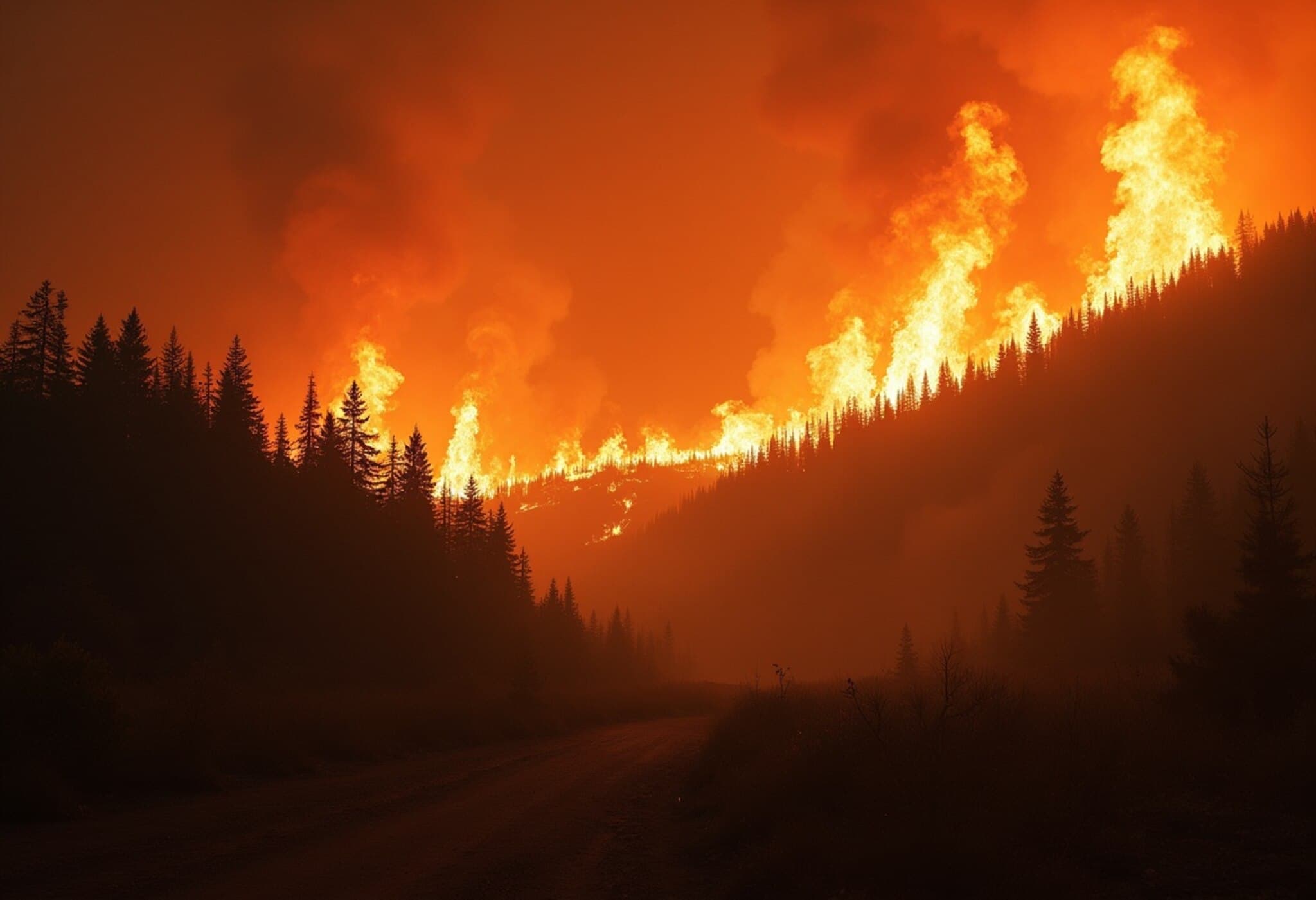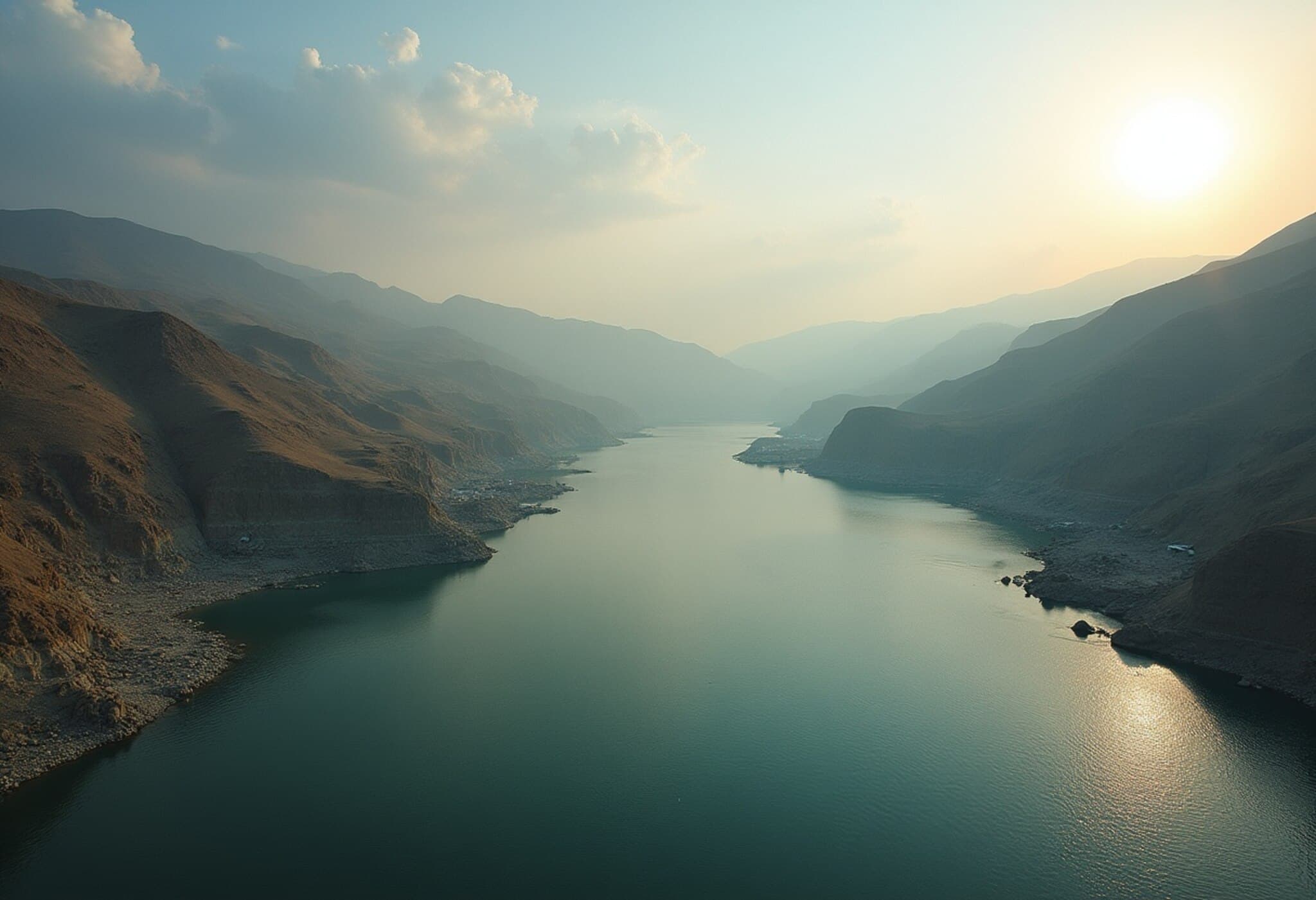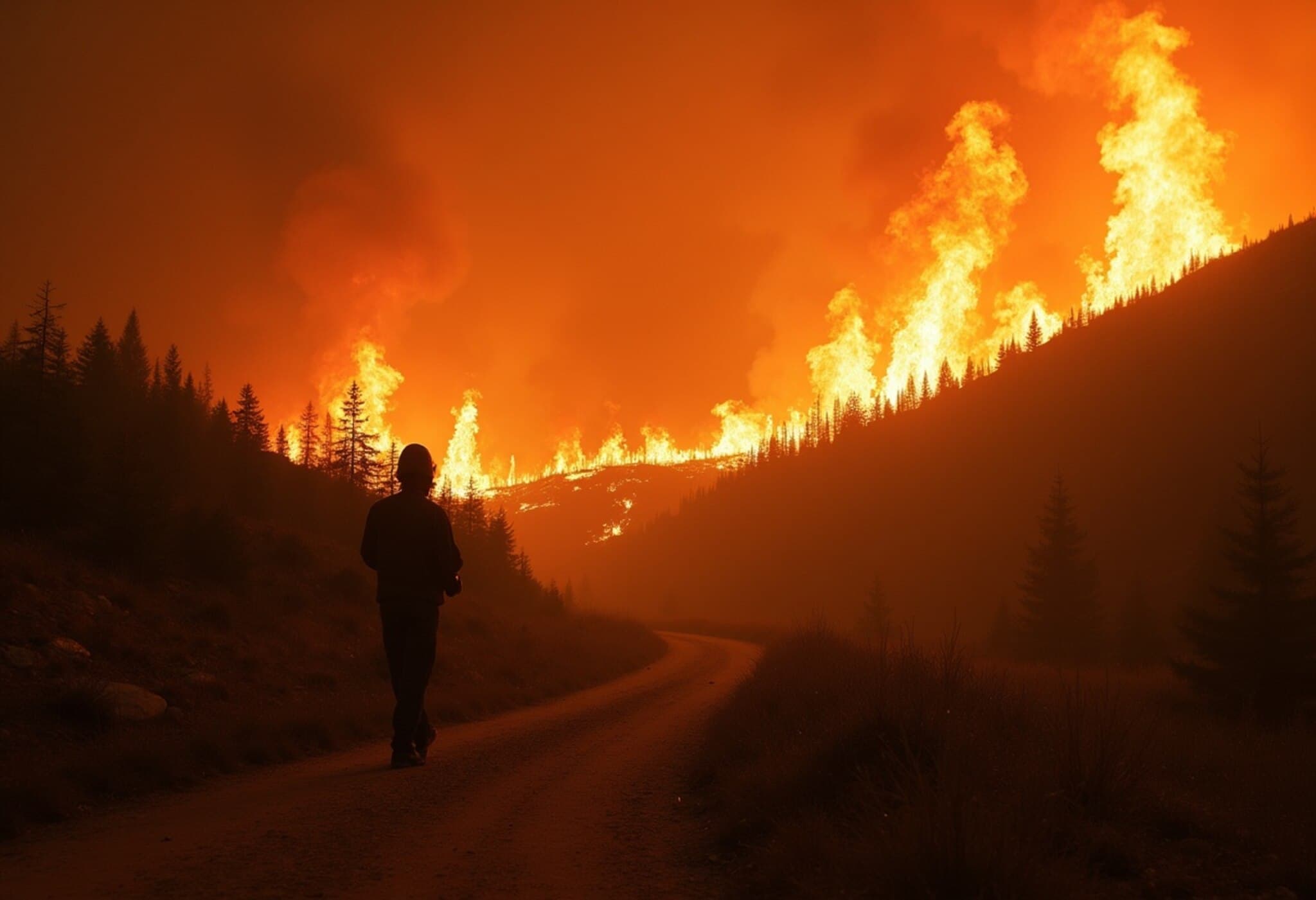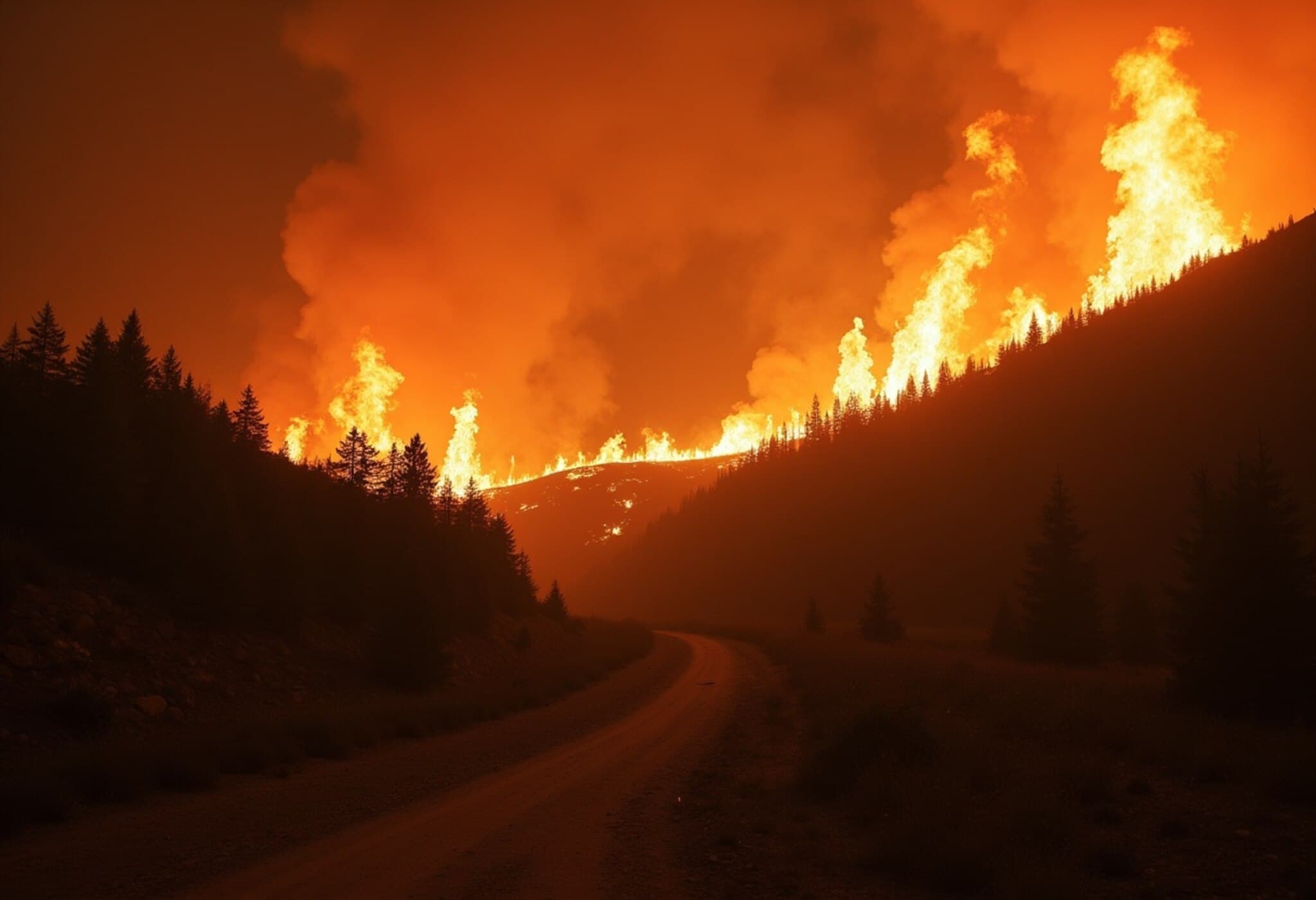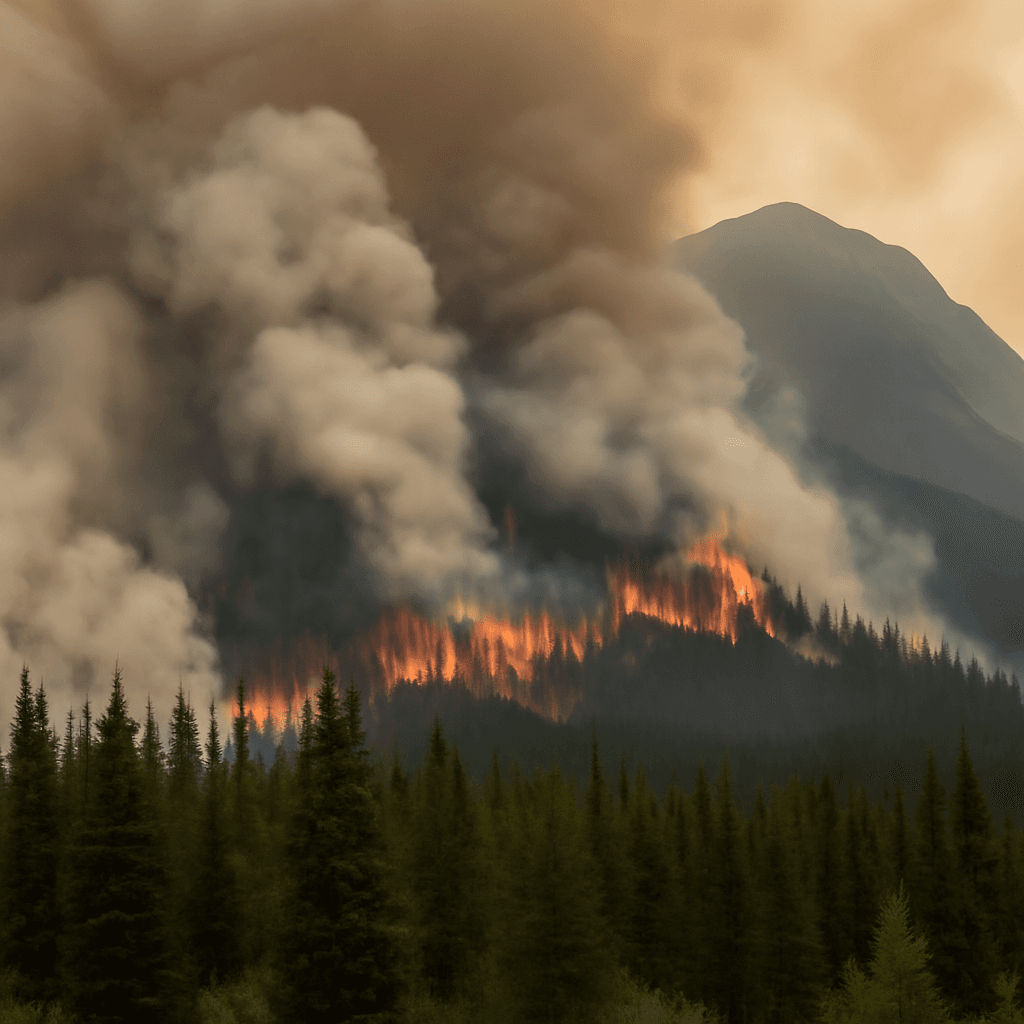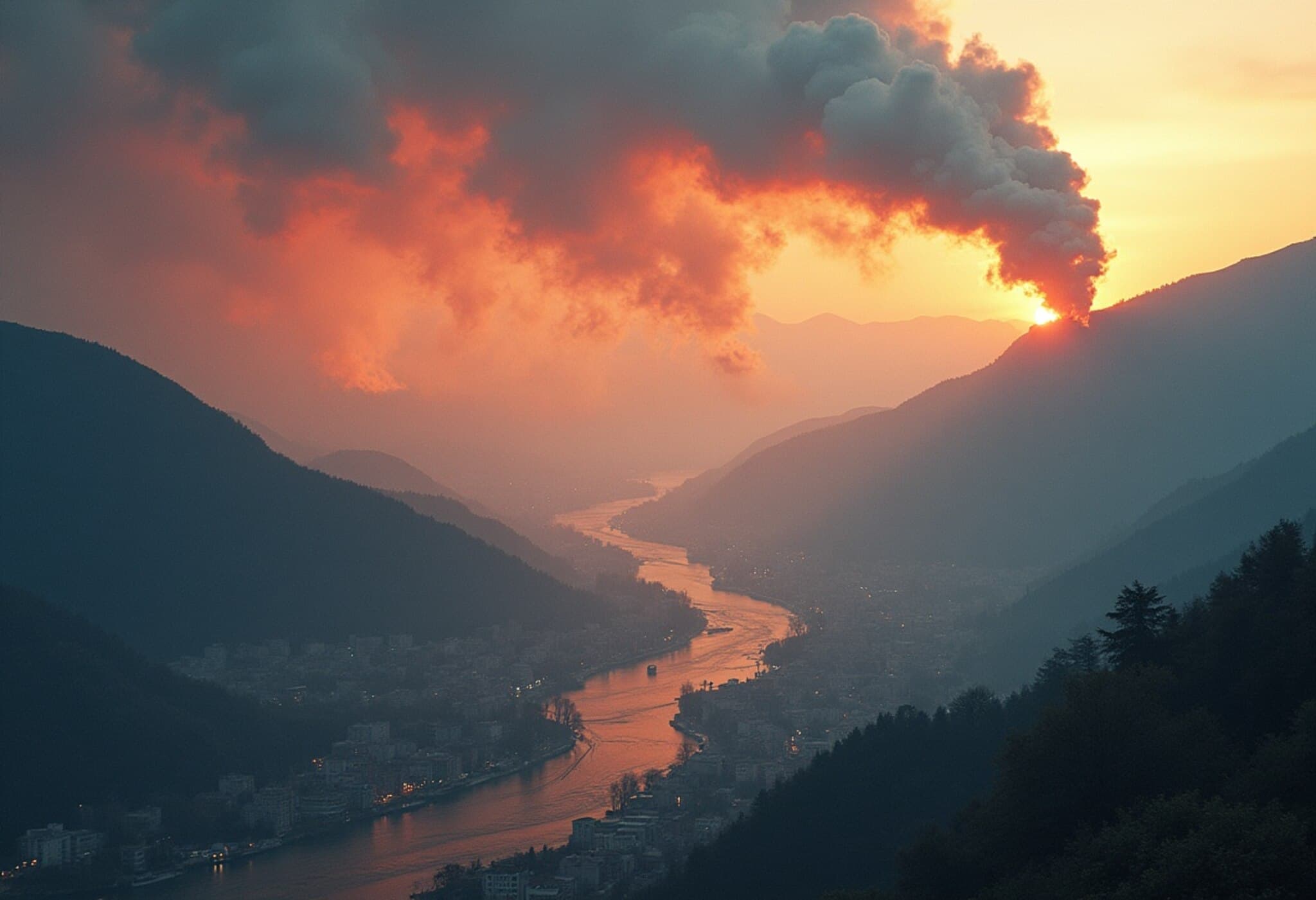Unearthing the Past: How Ancient Shorelines Inform Our Future
Along the rugged coast of Cornwall, raised beaches sculpted by ancient waves tell an extraordinary tale. Just a few meters above today's shore lie flat platforms and cliffs revealing sea levels from over 100,000 years ago—levels much higher than the ones we experience today. These geological features, visible at sites like Godrevy, Bream Cove near Falmouth, and Porth Nanven near Lands End, offer crucial evidence for scientists striving to understand how sea levels may shift in the decades ahead.
The Polar Puzzle Behind Past Sea Level Changes
The mystery of these elevated ancient shorelines points us straight to the Earth's poles. During climate conditions similar to our current era, significant ice retreat occurred on both Antarctica and Greenland. This melting contributed to rising global sea levels, but pinpointing the exact source of this ice loss has long baffled researchers.
Massive ice sheets exert strong gravitational pulls that influence sea levels in complex ways. Near these ice masses, gravity pulls ocean waters closer, causing sea levels to rise locally. Conversely, as ice melts, the diminished gravity leads to nearby sea level drops. For instance, the retreat of ice around Greenland today paradoxically lowers sea levels in nearby regions such as parts of Scotland, situated about 1,500 miles away, where this effect reverses and sea levels begin to rise instead.
This gravitational interplay leaves distinct signatures, or "fingerprints," in geological markers like raised beaches and fossilized coral reefs. By weaving together data from sites worldwide, scientists have deduced that the higher ancient sea levels along Cornwall's coast likely resulted from Antarctic ice loss rather than Greenland’s.
Venturing to Antarctica: Drilling for Answers
Despite these insights, direct evidence of Antarctic ice retreat remains elusive. To tackle this, an international research team is gearing up for a challenging expedition to west Antarctica in late 2025. Setting out from Scott Base, a remote New Zealand research station on the Ross Ice Shelf, the team will traverse over 500 miles to drill through 500 meters of ice to retrieve sediment cores buried beneath.
Utilizing a hot-water drill and specialized equipment capable of extracting up to 200 meters of sediment, these cores will encapsulate invaluable geological records. These sediments, capturing snapshots of past warm periods possibly millions of years ago, could unlock secrets about how the West Antarctic Ice Sheet responded to climate shifts. This knowledge is pivotal to refining models predicting future sea level rise amid increasing atmospheric carbon dioxide concentrations.
Modern Parallels: Revisiting Ancient Climatic Conditions
Today’s atmosphere holds carbon dioxide levels reminiscent of the mid-Pliocene period, over 3 million years ago, when CO2 concentrations hovered around 400 parts per million (ppm)—a threshold we recently surpassed twelve years ago. Looking even further back, the mid-Miocene epoch, some 12 million years earlier, experienced even warmer climates and higher sea levels. Studying these ancient intervals provides a crucial context for anticipating Earth's climatic future.
Communities on the Frontline: Preparing for Rising Seas
Back in Cornwall, proactive communities are already taking steps to address the looming impact of sea level rise. In Bude, residents have formed a dedicated panel to ensure local voices shape adaptive strategies to reduce vulnerability. Such grassroots engagement exemplifies how societies can bolster resilience in the face of environmental change.
While the prospect of returning to the extreme sea levels that shaped those ancient raised beaches is daunting, ongoing research paired with thoughtful planning offers hope for mitigating future risks.





